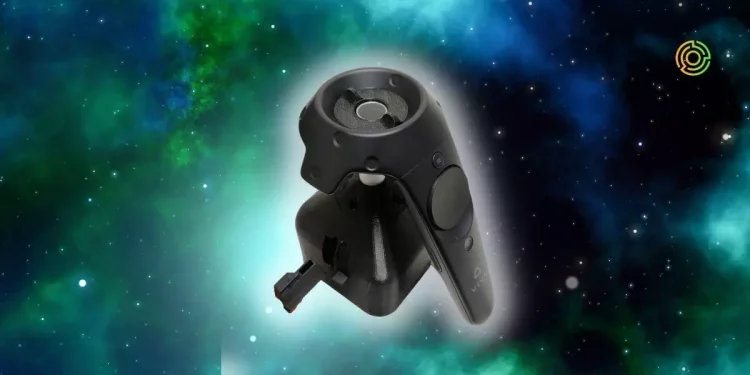Video games that offer immersive experiences, mainly use visual and sound stimuli to enrich their gameplay. By using a smell machine, called an olfactometer, it is possible to smell in virtual reality environments.
A project by two Swedish universities seeks to bring this technology to video games.
Adding olfactory stimuli to video games
Using the aforementioned technology, researchers from the universities of Stockholm and Malmö, Sweden, began testing its integration into virtual reality video games.
The first experiment consisted of a “wine tasting game”, in which the participating user has to smell wine samples in a virtual wine cellar, scoring points if the guess of the aromas of each wine is correct.
The small smell machine (which can be built by 3D printing parts) is connected to the VR system’s controller and releases a smell each time a different glass is raised.
“We hope that new technical possibilities will lead to aromas playing a bigger role in game development,” commented Jonas Olofsson, professor of psychology and leader of the research project at Stockholm University.
“The possibility of moving from a passive to a more active sense of smell in the game world paves the way for the development of completely new smell-based game mechanics based on players’ movements and judgments,” added Simon Niedenthal, game and interaction researcher at Malmö University.
The olfactometer used in this instance consists of four different valves, each connected to a separate channel. In the center is a fan that draws air into a tube.
With the help of a computer, the player can control the four channels to open to different degrees and provide different aroma blends, which can mimic the complexity of the perfume in a real wine glass.
The game has different levels of difficulty, with increasing levels of complexity.
“In the same way that a normal computer game becomes more difficult the better the player gets, the scent game can also challenge players who already have a sensitive nose. This means that the smell machine can even be used to train wine tasters or perfumers,” says Jonas Olofsson.
All codes, plans and instructions for the machine are openly available online, as is the code for the virtual wine tasting game.
The research group now hopes that the scented computer games can become useful for other purposes.
“I hope that making the drawings and code openly available as ‘open source’ will create an opportunity for game companies to start creating new commercial products for scent training using the new technology… With the help of our research, others can build scent machines and explore new ways of using scents in games,” said Jonas Olofsson.
On the same point, Simon Niedenthal added that open source is conducive to promoting accessibility, reproducibility and comparability of research results.
Likewise, the contribution of this background contributes to creating a cohesive research and design community within the field of game development.
Follow us on our social networks and keep up to date with everything that happens in the Metaverse!.
Twitter Linkedin Facebook Telegram Instagram Google News








































